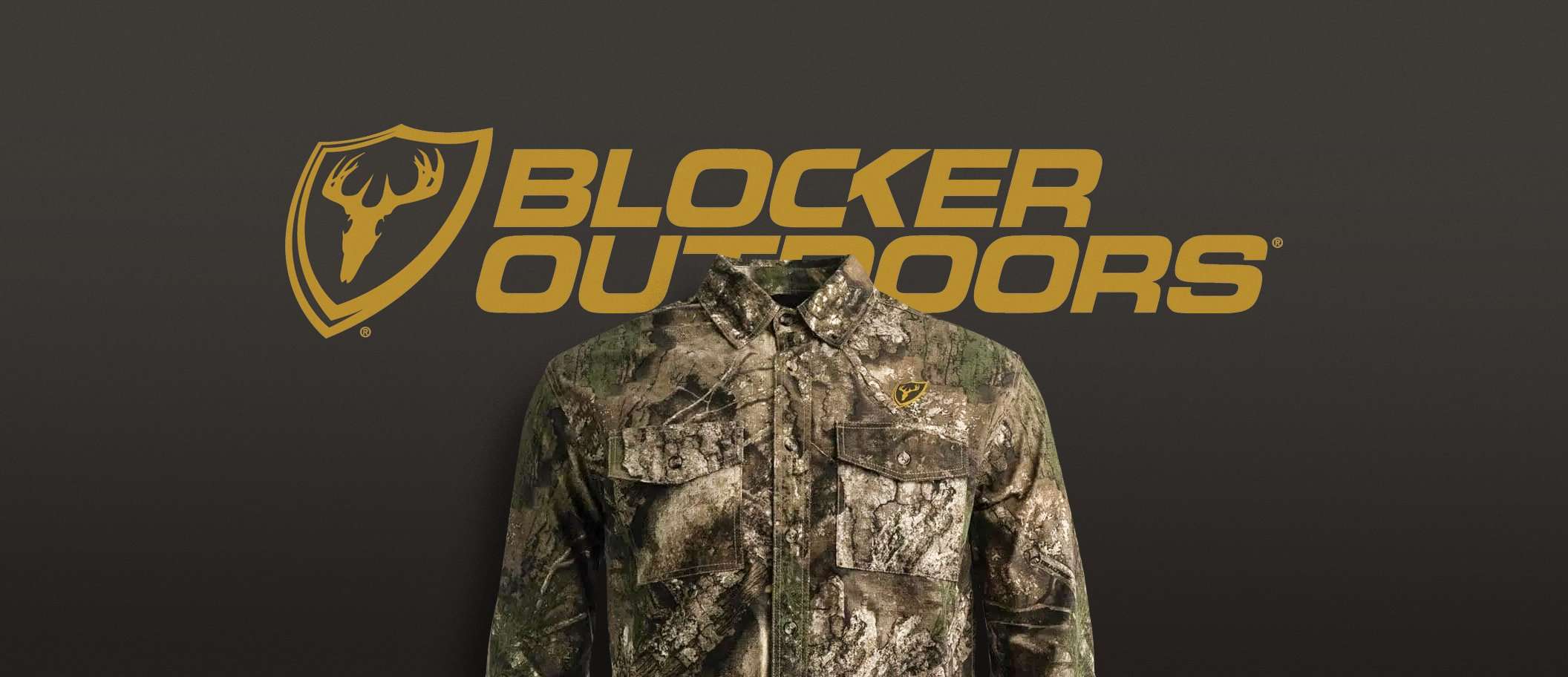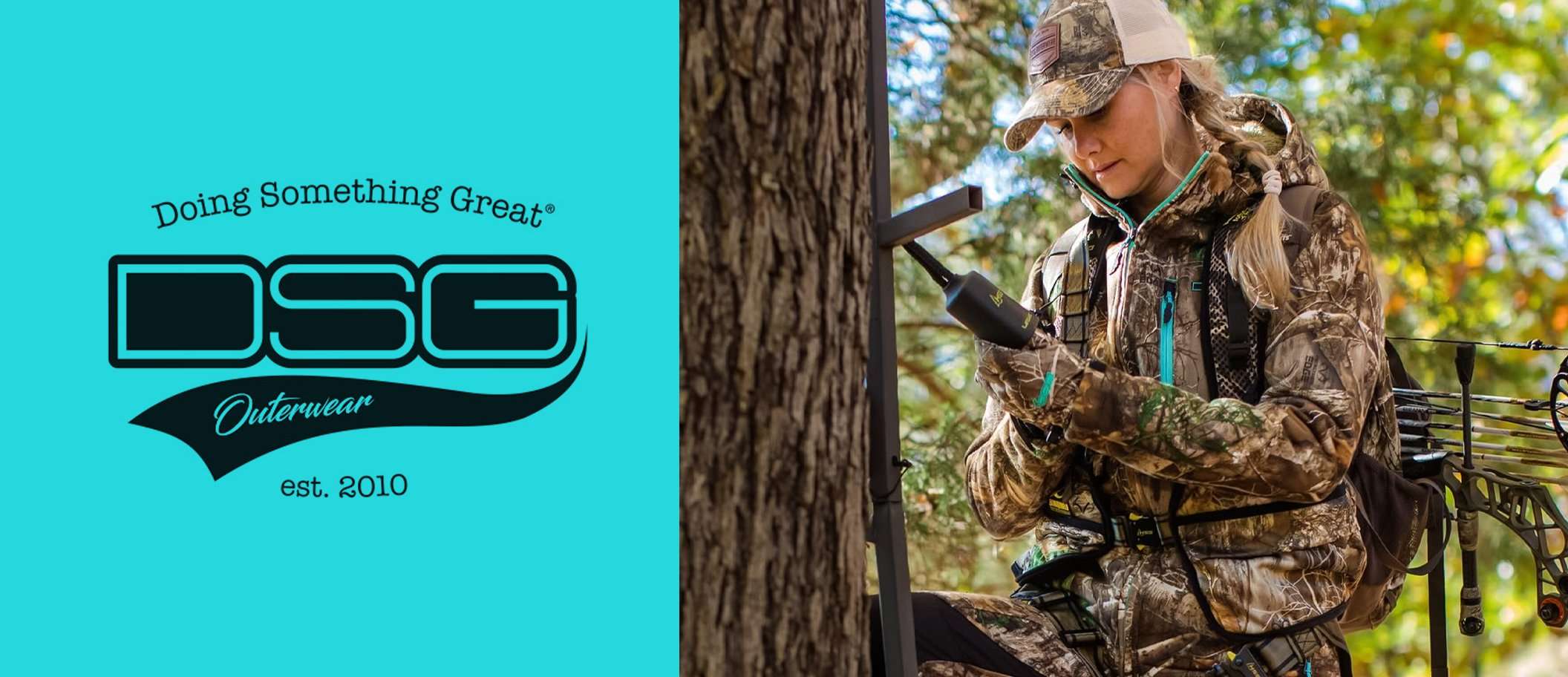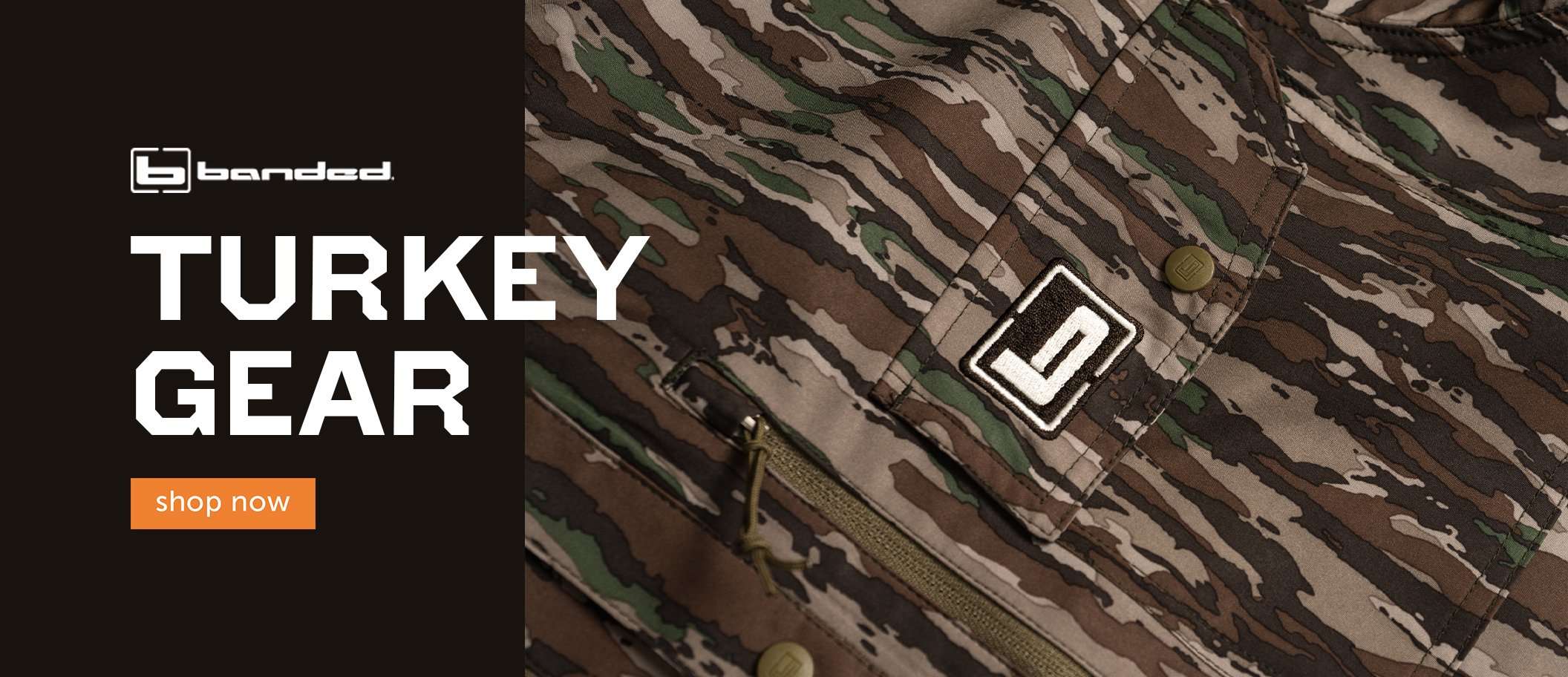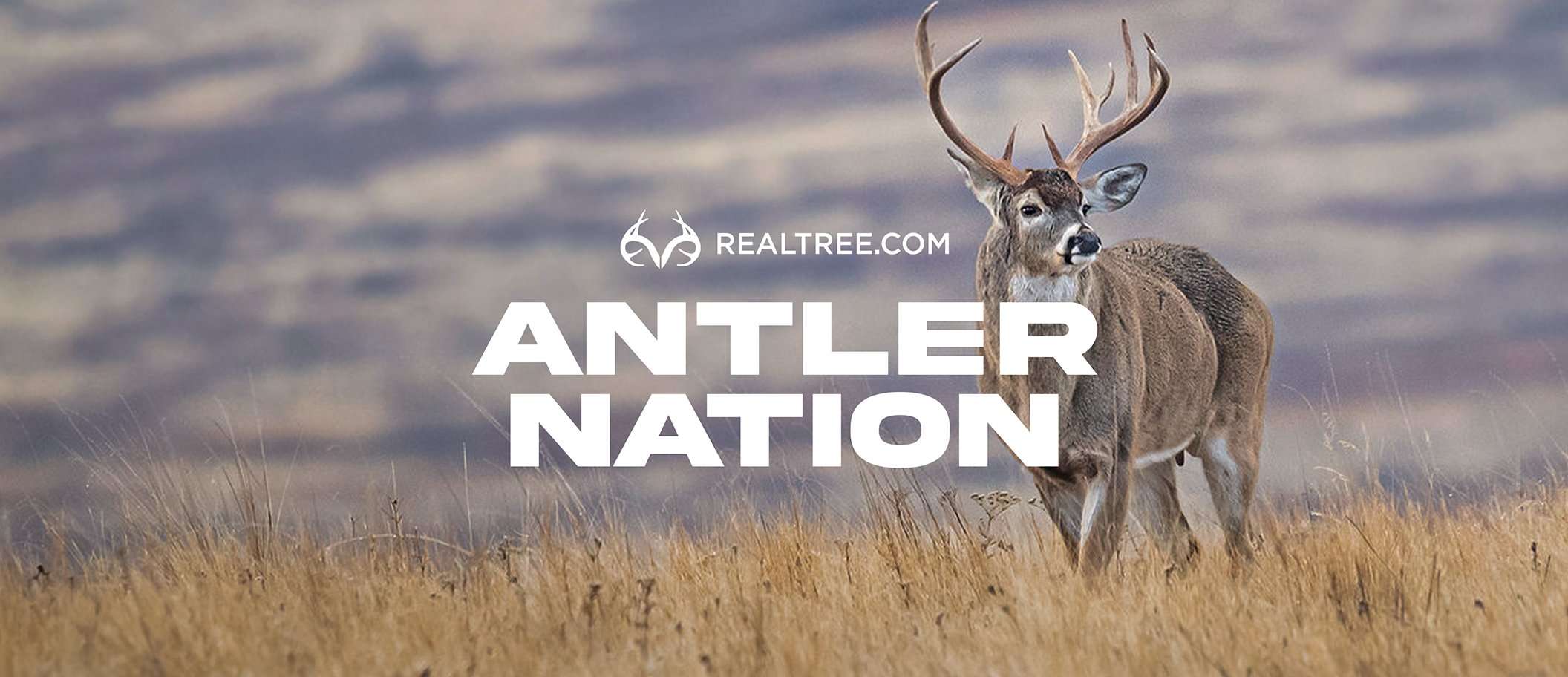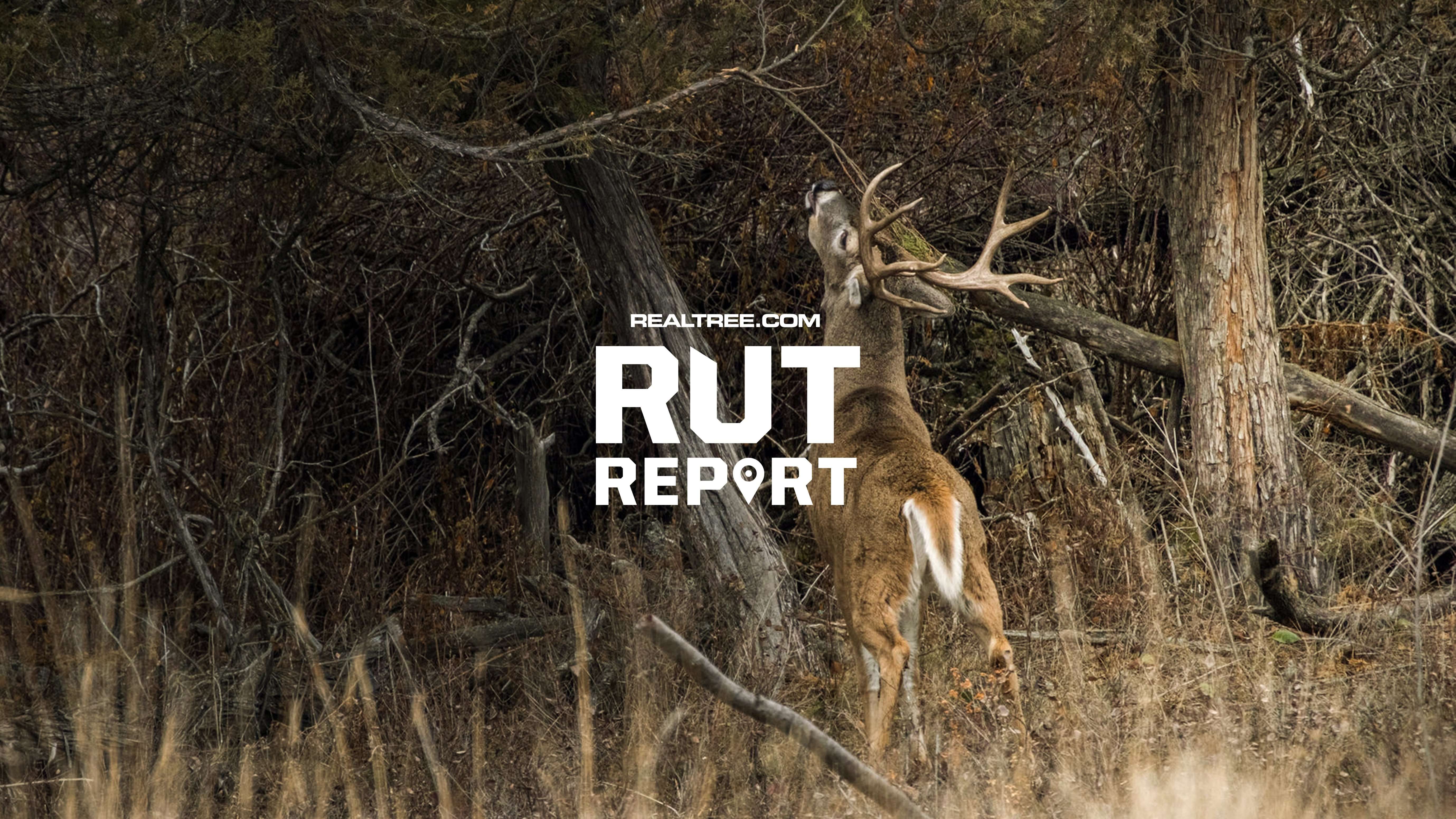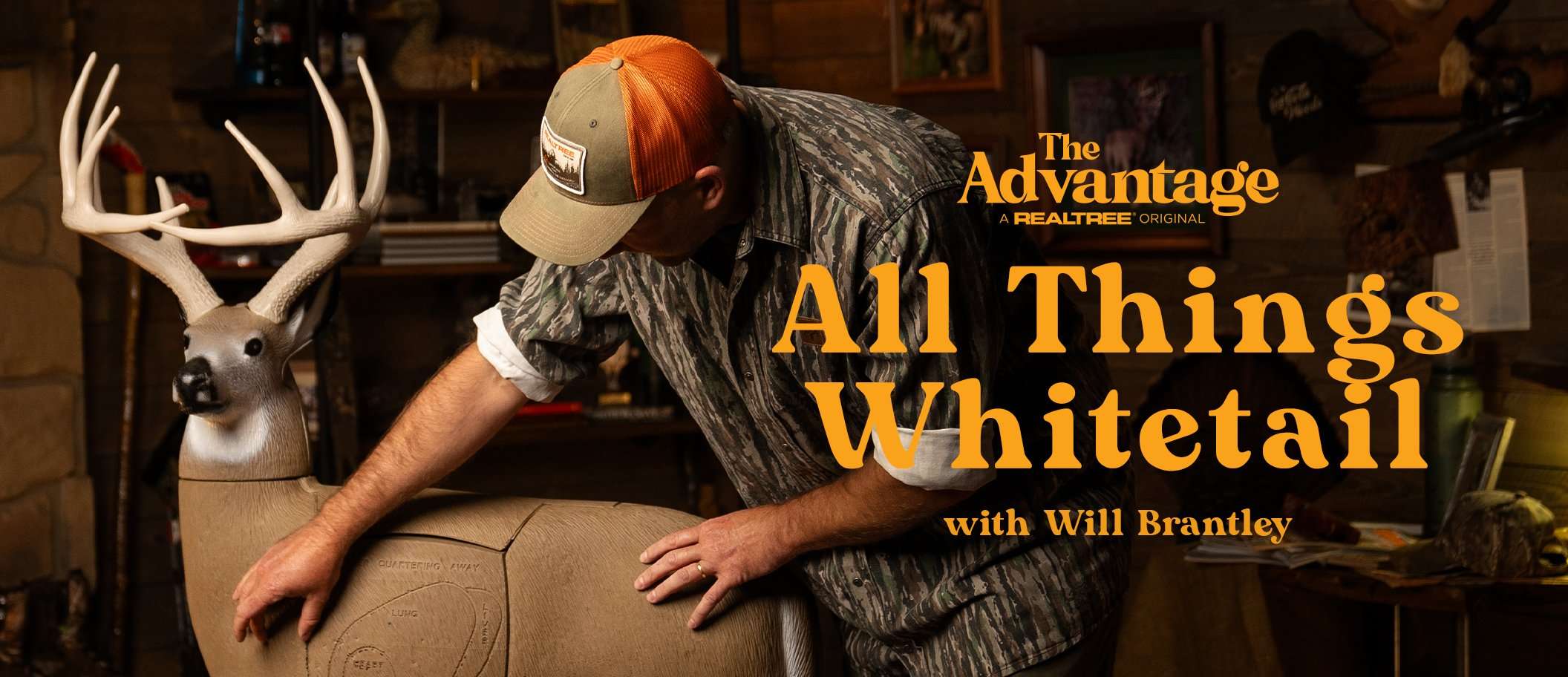The large rodents can consume up to 90,000 acres of coastal wetlands each year
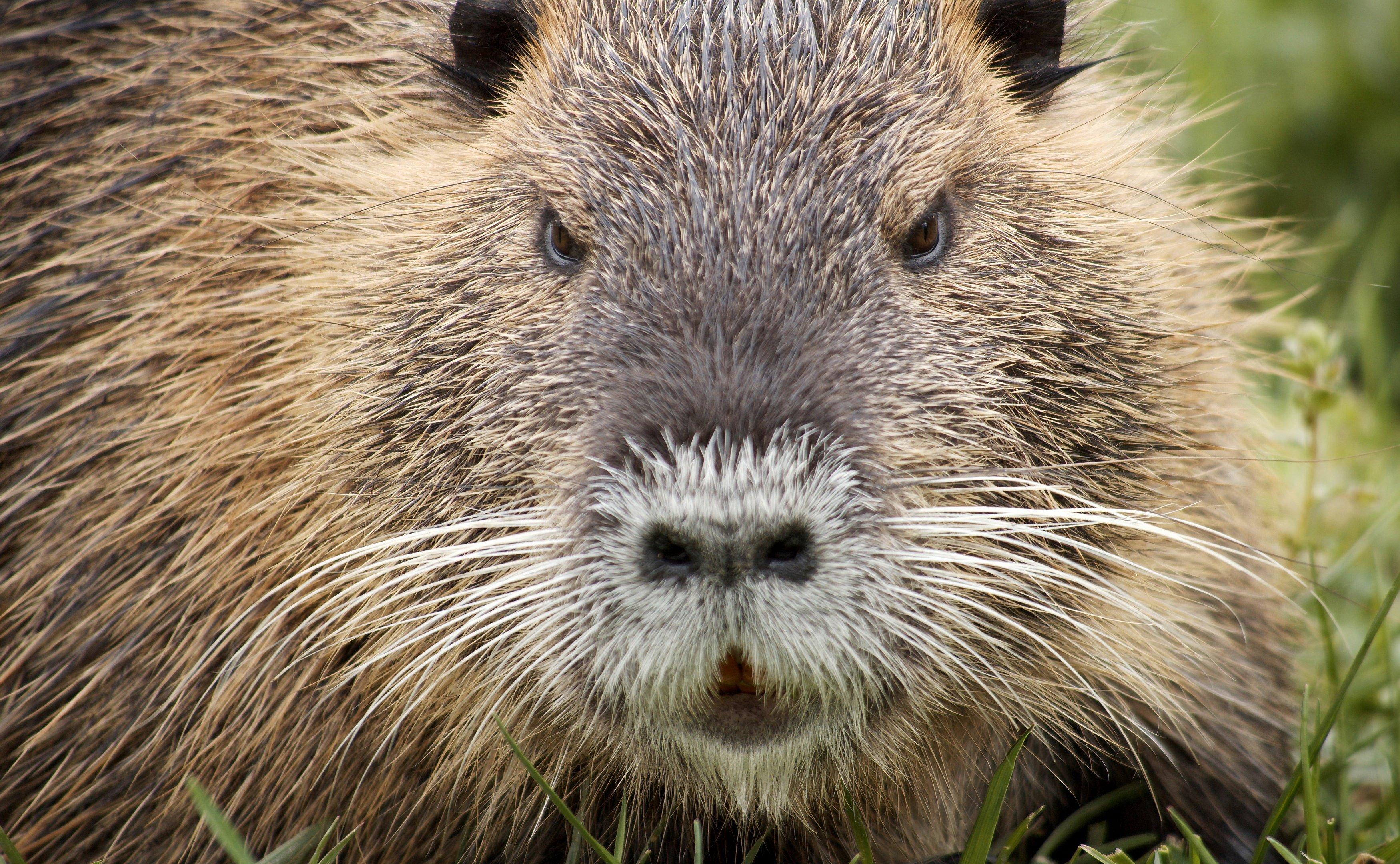
Nutria meat is lean, mild and is said to taste like rabbit. (Photo by VielFaltFims)
The U.S. Fish and Wildlife Service is asking hunters to eat more nutria in an effort to help preserve native habitat.
Popular Science reports that during the agency’s annual National Invasive Species Week, which ran from February 24-28, it posted a Facebook request to “Please consider the following slogan ‘Save a Swamp, Sauté a Nutria.’” The post continued to encourage people to eat the large rodents by claiming, “Their meat is lean, mild, and tastes like rabbit.”
Native to South America, the nutria is an herbivorous, semiaquatic mammal that looks like a cross between a giant rat and a beaver. They were brought to Louisiana and raised on farms in the 1930s for the fur industry. But, by the early 1940s, the rapidly reproducing animals had escaped to the wild due to hurricane damage. A single nutria can weigh up to 20 pounds and can consume its own weight in vegetation each day. The females can produce two litters of pups per year.
Before efforts to decrease the numbers of nutria, they were estimated to consume as much as 90,000 acres worth of coastal wetlands each year. The damage caused by the invasive animal affects everything from flood patterns to agriculture to public health.
Damage estimates dropped down to around 5,500 acres in 2024, thanks to decades of conservation campaigns (and $6 per-tail hunting season bounties) but the large rodents continue to pose a threat if populations are left unchecked.
For those interested in trying nutria-based dishes, there’s a nutria cookbook called Nutria for Home Use, released in 1963, with recipes for dishes such as gumbo, casserole and chop suey.
Before hunting nutria, make sure you check on local hunting regulations. And if you’re successful, make sure to take the proper steps to prepare the meat to avoid contamination.

